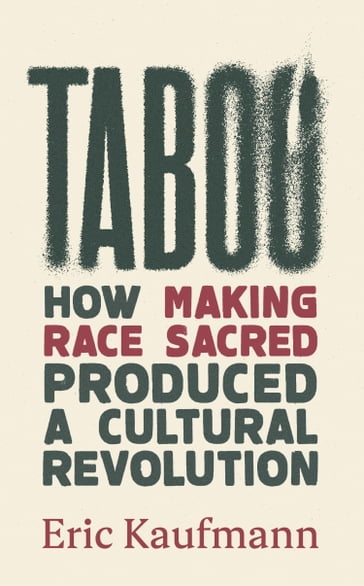Ed West on the odd phenomenon of people loudly claiming they’ve had it with “this hellsite” and that they’re decamping to social-media-site-of-the-minute, yet in many, many cases they’re back on “this hellsite” not very long afterwards:
There was something of a trend in the late 2000s for former hell-raising journalists to start more sedate publications because they felt that society was changing, and people didn’t want to drink and party as much as they used to. It was heralded as the end of the “new lad” and the rise of a more mature outlook among men, largely by culture journalists whose job it is to invent societal trends.
And I remember reading these articles and always thinking “isn’t this just you getting old?” None of my friends go out and get pissed four times a week anymore — what does this say about British society?
I’ve long felt the same about Twitter, that while it’s immensely useful as a resource for news and information, and interacting with friends, I’ve got to the stage where it’s not fun. But that’s probably just middle age, and at a certain point people should avoid too much time joking around on social media, lest they become Facebook boomer memes. (Or, in Britain, go to jail.)
This week I was on the Spectator Americano podcast talking about Elon Musk’s takeover of Twitter, following my recent post on how he had changed the nature of the place. (I promise this is the last time I write about every journalist’s favourite social media site for at least two weeks.)
Everyone claims to hate Twitter, I pointed out, but they never leave. I actually started writing this piece a few months back, and noted that many people have bailed out from “X”, as no one calls it, among them academic Kathleen Stock, satirist Andrew Doyle and Labour politician Dawn Butler.
I’ve had to rewrite this because I think they’re all back now. In fact almost everyone who leaves the Hellsite soon returns; it’s a running joke, because we’re all addicted. I checked in on Threads the other day and it was full of people expressing their relief about breaking their Twitter habit and finding a new home. We shall see.
Others, like Alastair Campbell, have set up accounts on Bluesky but still proclaim their intention to stay on Twitter to fight the far-Right. Okay, sure.
Stock and Doyle seemed to be leaving in part because of the toxicity of their own side, in their case gender-critical feminists, and this kind of unpleasantness can indeed feel worse than when it comes from opponents. Watching online debates about immigration, for instance, I’m often reminded of GK Chesterton’s famous quote about pity and truth:
The modern world is full of the old Christian virtues gone mad. The virtues have gone mad because they have been isolated from each other and are wandering alone. Thus some scientists care for truth; and their truth is pitiless. Thus some humanitarians only care for pity; and their pity (I am sorry to say) is often untruthful.
On one side will be vaguely establishment figures repeating arguments that feel warm-hearted and kind but also untrue, and on the other, mostly anonymous users citing a wealth of studies to show that the situation is actually much worse than that, and clearly having better arguments, while often being incredibly unpleasant and personal to the journalists involved. The fact that anonymous users are often the most informed and insightful accounts adds to the Chestertonian feel.













